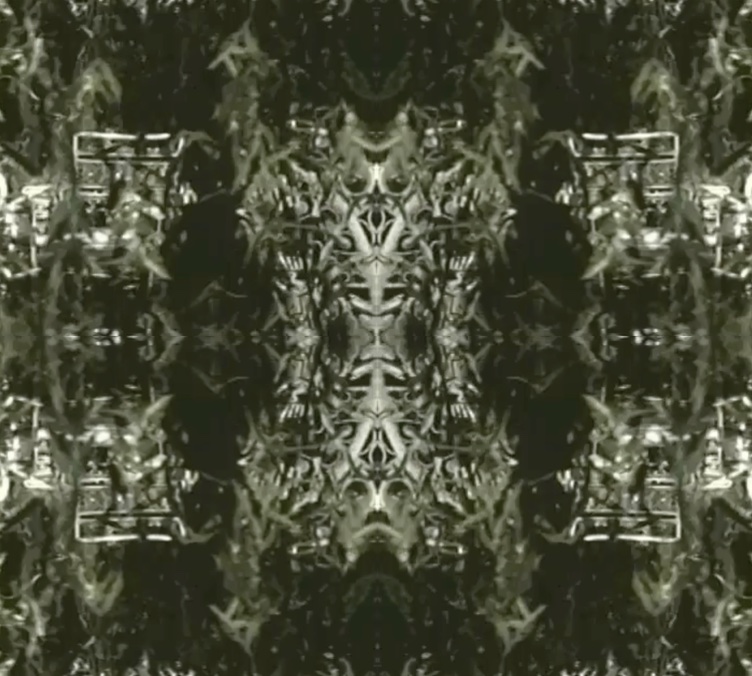Once you retreat from the world into liminal space, you shed the illusion that time is real. That time and, in consequence, our experience in time are real is an illusion; but it is an illusion of the kind which, once it is put aside even for a moment, can never fully come back.

1. In Lawrence Durrell’s tetralogy of novels, The Alexandria Quartet, the real world, the world in which we live our lives, is symbolized by the eponymous city: when Durrell writes about Alexandria, he characterizes life as we know it, and that includes all aspects of the human condition, from the bodily and of course sexual to the spiritual and even mystical ones, from the ordinary and even boring everyday detail to what happens in the exquisite strata of high society, fabulous wealth, and diplomatic power games. All of this, however, appears in ever changing, kaleidoscopically varying ways, depending on whose narrative is currently in the telling, whose state of knowledge or ignorance is currently assumed; and the vantage point from which these differences can come into view is not itself one inside the world — it lies outside Alexandria, on a remote and barren Greek island, where there is nothing to experience, no space for action, nothing to lose or gain. It is both a place and time apart — away from the city, after all the stories have ended — where nothing is possible except reflection. It is, in a word, liminal space.
The first three novels of the tetralogy are designated “siblings” by the author: all three of them are about the same events, but each as centered around different characters. They are presented by the same narrator, who integrates the perspectives of other characters by means of retelling their accounts, which he draws from letters, diaries, and other written formats. Since the narrator is himself a protagonist in the first novel, Justine, the two follow-ups serve to correct, supplement, and deepen his narrative, as it were “after the fact”. In parallel to this continuous widening and deepening of our understanding, as readers, of what happened during the narrated time in Alexandria (read: in the real world) run the narrator’s reflections, emerging from his withdrawn island situation (read: in liminal space). This running commentary does not just help our understanding of the stories along, but also allow glimpses of the processes that occur, simultaneous with such understanding, in the liminal realm.
One such process is learning that the time in which events unfold in the real world (that is, in the city, Alexandria) — dubbed calendar-time by the narrator — is not the only time there is: “once you become aware of the operation of a time which is not calendar-time you become in some sort a ghost. In this other domain I could hear the echoes of word uttered long since in the past by other voices.” (667) While immersed in liminal space, the narrator has come to perceive this other kind of time — which I shall call ghost-time — very gradually, “learning at last to inhabit those deserted spaces which time misses — beginning to live between the ticks of the clock, so to speak.” (659) This has brought about an understanding of an immense vastness at which, in the manner of a true mystic, it seems he can only gesture: “calendar-time gives little enough indication of the aeons which separate one self from another, one day from another.” (657) And quite possibly it is by the way they speak about time that we can recognize the dull timelessness of ghosts.
In contrast, calendar-time can be characterized in terms of human life, and the real world: time, “that ailment of the human psyche” (658), is “only desire expressed in heartbeats” (659).
2. But even though time may be unreal, both Durrell and his narrator (in the earlier pieces) protest the reality of the city.
The author prefaces Justine with the conventional note, which says that “[t]he characters in this story […] are all inventions together with the personality of the narrator, and bear no resemblance to living persons” — and then adds in a twist: “Only the city is real.” (14) To be real, here, merely means to be not invented. One can tell stories about the world even if those stories involve invented characters, and even though they are told from the perspective of an invented narrator — still they are stories about the world which we all (invented and actual persons alike) inhabit. They express insights about experiences shared by all persons (invented and actual ones), they just elect to demonstrate those insights using the invented sort. (That is true, to varying degrees, of all fiction: Hamlet, say, expresses something important about psychological dynamics we may find in many people who actually lived, too — and yet Hamlet is an invention, and so are his words and actions.) Still this is a different contrast, and thus a different sense of “real” than would be the contrast between reality and illusion. For if time and experience in the real world are fundamentally illusionary, then so they are for all alike: the actually living and the invented characters.
Again, the narrator starts Balthazar saying, paradoxically: “The city, half-imagined (yet wholly real), begins and ends in us, roots lodged in our memory.” (209) Thus being (partly) imagined and being real do not seem to be mutually exclusive; and it is an interesting further question what the relationship is meant to be between its character as imagined and its roots in memory. Does the city emerge from “real” memories by a process in which the imagination has a function? Is it, then, the anchoring in memory which ensures that the city is also real? Or are we rather supposed to think that this is what makes it in the end an unreliable deal, being based on memories which are bound, inevitably, due to human nature and the unreliability of our minds and souls, to depart from any reality they might have had in the first place? (And if it is the latter: is this already the nucleus of the insight which will grow in the narrator, during his time in liminal space, and finally result in the recognition that time and experience in the world — that is: the city — are an illusion?)



